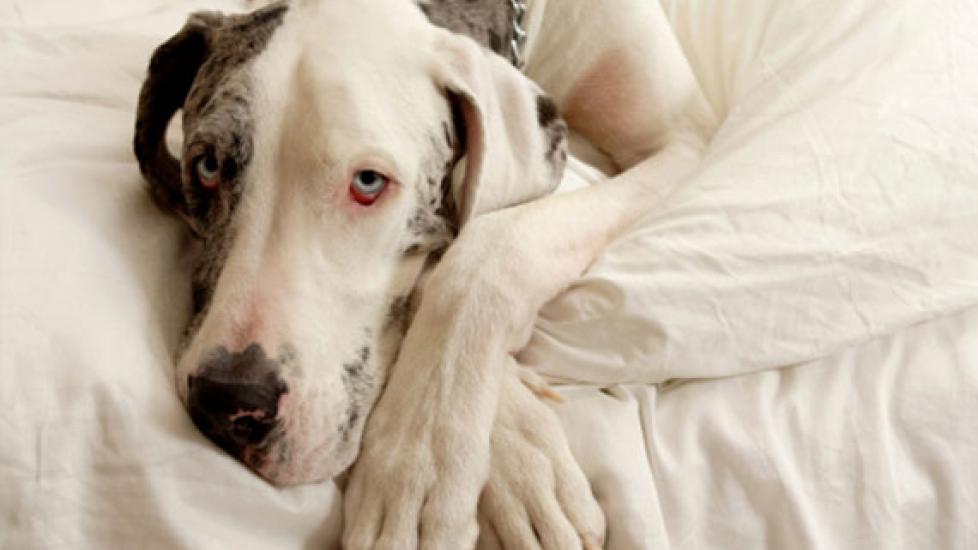Fungal Infection (Malassezia pachydermatis) of the Skin in Dogs
Malassezia Dermatitis in Dogs
Malassezia pachydermatis is a yeast found on the skin and ears of dogs. Though a normal inhabitant of these regions, an abnormal overgrowth of the yeast can cause dermatitis, or inflammation of the skin. The exact reasons behind this disease are not yet known, but it has been linked to allergy, seborrhea, and possibly congenital (born with) and hormonal factors.
Malassezia dermatitis can affect any breed of dog, but the following breeds are predisposed to this disease: poodles, basset hounds,
Symptoms and Types
- Irritation of skin
- Loss of hair (alopecia)
- Greasiness
- Scaly skin
- Redness of affected areas
- Malodorous discharge from lesions
- Patches of skin becoming darker (hyperpigmentation) and epidermal thickening (seen in chronic cases)
Causes
High humidity and temperature may increase the frequency of the cases. Other factors that may be a predisposing factor to this hypersensitivity disease include concurrent infections and food and flea allergies. Genetic factors are also suspected for young onset in predisposed dog breeds.
Diagnosis
You will need to give a thorough history of your dog’s health, including the onset and nature of the symptoms, to your veterinarian. He or she will then perform a complete physical examination as well as a biochemistry profile, urinalysis, and complete blood count -- the results of which are typically normal unless the dog has a concurrent disease.
More specific testing includes a culture of the causative organism as well as taking a small skin tissue sample for a skin cytology test. In this test your veterinarian will touch a sterilized cotton swab to the affected area and stain it with Diff-Quik stain on a glass slide. After staining, the glass slide is observed under a microscope to demonstrate the yeast in the sample. This will help him or her identify the causative organism.
Treatment
There are various therapeutic agents used in treating this condition, but the ultimate goal is to reduce the number of yeast and bacteria. Your veterinarian will suggest medications for application on the skin and will also recommend medicated shampoos, which should help remove scales and resolve foul odors. Concurrent bacterial infections will be treated with antibiotics and antibacterial shampoos.
Living and Management
You will need to regularly visit your dog’s veterinarian for evaluation of disease and treatment progress. At each visit, your veterinarian will examine your dog and perform a skin cytology test to confirm that the number of causative organism is decreasing. Skin irritation and bad smell usually resolve within one week of treatment; however, recurrence of disease is common when underlying conditions are not resolved.
Follow guidelines strictly and apply the topical medications as prescribed. Do not use any shampoo or medication or alter treatment on your dog without consulting your veterinarian. As recurrence is common, watch your dog for any untoward symptoms and call your veterinarian if you suspect a recurrence.
